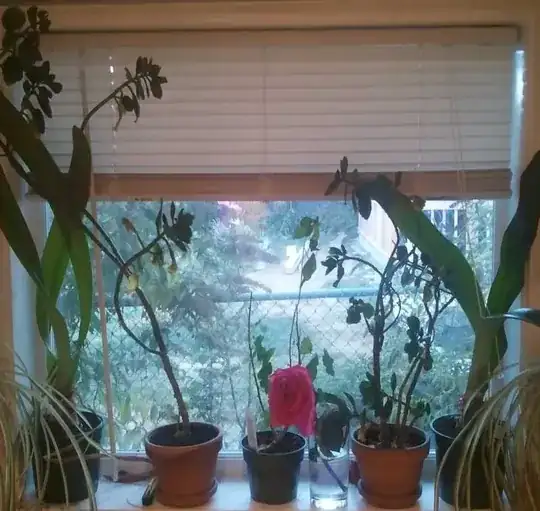I have two Kalanchoes on my south-facing kitchen windowsill (about 3' / 1m wide), both cuttings from the same parent plant (which succumbed to mealy bugs). Both are in the same size pot (no more than 1.5' apart), were planted at the same time using the same potting compost (Miracle-Gro brand, if it's significant) and both get watered and fed on the same schedule.
However, one stays low and bushy and is covered with flowers in the springtime. The other is tall and straggly (if I pinch out a growing tip, a single side-shoot will take over), drops all its leaves along the stalks and has never flowered. The neighbor had a large tree in her yard that shaded it during summer, but she took it out early last year. The flowering one gets shaded by her house slightly earlier in the afternoon.
The leaves on the troubled plant fade to yellow, then dry out and turn brown (at which point I pick them off). But I see the same pattern with older leaves on the other plant, just on the troublesome plant a leaf's lifespan seems much shorter, so that I only have a small clump of leaves at the top of a stalk.
This is a picture of my kitchen windowsill. From left to right, Hippeastrum, "bad" Kalanchoe (longest stalk is about 3'; it's starting to pull itself out of its pot!), Abutilon, cut rose, "good" Kalanchoe (and even it's starting to get straggly in its old age), Hippeastrum.

I've checked for pests on them, but haven't found any. What is causing the different growth habit, and how do I fix it?